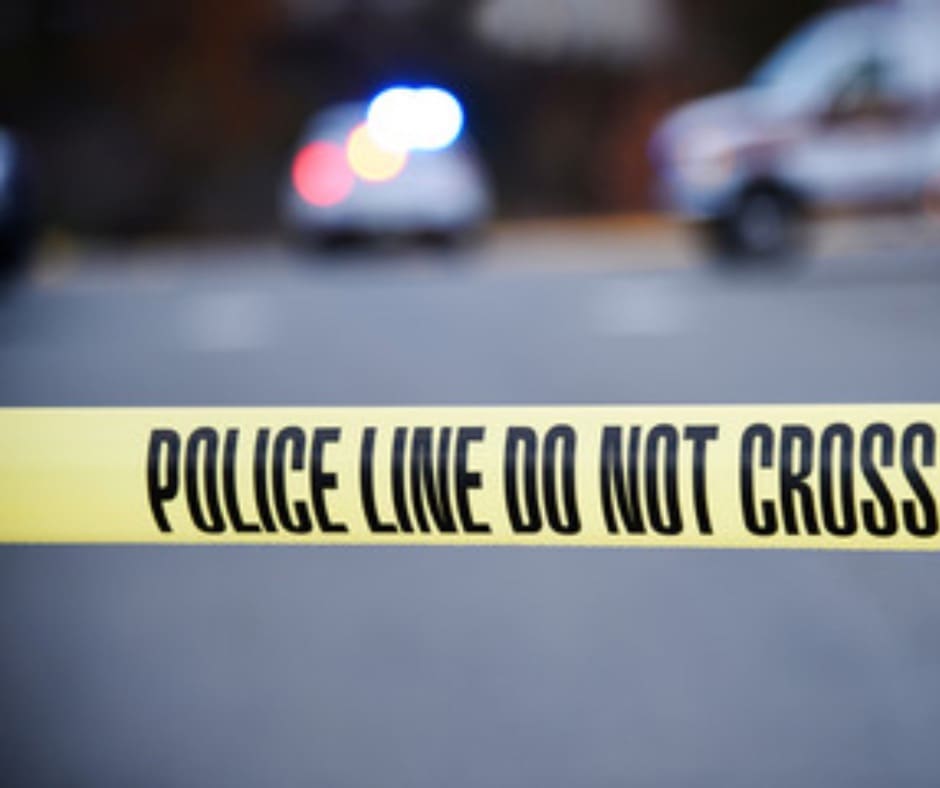As we all know, the world has changed drastically in the last few years, with the pandemic, economic instability, global tensions, rising fuel and food prices. The Americans are feeling considerable stress resulting in the fear of numerous societal issues. This includes increased violence at home, in schools and in the workplace. With this rising stress, society is becoming less safe. Do you have the tools and knowledge on how to survive an active shooter situation? Below we go over the three phases on how to best prepare for this.
The average American’s likelihood of being involved in an active shooter incident is still relatively small in comparison to the size of the population; we have still seen a rise in such incidents in the last decade. According to the Federal Bureau of Investigation’s (FBI) findings in the Active Shooter Incidents in the United States 2021 Report there were a total of 61 active shooter incidents in 2021 representing a 52.5% increase from 2020, and a 96.8% increase from 2017. Per the FBI definition an active shooter incident involves one or more persons utilizing a firearm, actively engaged in killing or attempting to kill people in a populated area.
Regardless of your personal stance on firearms, all people want safety for themselves, their loved ones and associates, both personal and professional. How do you prepare to react to a possible shooting? Developing a plan of action is essential to reduce the risk of being in and increasing the ability to survive an incident of violence.
There are three phases you need to plan: Before, During and After

Before – The Preparation Phase:
- See something, say something – If you see suspicious activity, let an authority know right away.
- Ask about emergency response/action plans at your house, places of worship, workplace or school and get familiar with them.
- Participate in an active shooter drill and talk with your family about what you learned, and how to apply it to other locations.
- Develop the habit of identifying two nearby exits whenever you visit a building such as a shopping mall or healthcare facility.
- Map out places to hide. This may be in rooms without windows, behind solid doors with locks, under desks, or behind heavy furniture such as large filing cabinets which make great hiding places.
- Take classes on emergency and trauma first aid.
- If you carry a firearm or other means of self-defense such as pepper spray or an electronic device, ensure you are properly trained. It’s very important to practice thinking through the drill and various scenarios so you’re ready if/and when the time comes.
During – The Reaction Phase:
The U.S. Government recommends the following actions if you are involved in an active shooter situation, Run, Hide and Fight.
RUN
- Have a plan and escape route in mind.
- Don’t wait for others to agree to escape.
- Leave your belongings behind, nothing is more valuable than your life.
- Help others escape if possible.
- Stop others from entering an area where a shooter might be.
- Ensure your hands are visible when encountering law enforcement and first responders. If you have a firearm in your possession ensure you notify law enforcement and first responders of that fact.
- Follow the instructions of law enforcement and first responders.
- Do not attempt to move wounded people.
- Call 911 as soon as it is safe to do so.


HIDE
Seek a location which provides the following:
- Conceals you from view.
- Provides protection if shots are fired at you.
- Minimizes the possibility of being trapped or restricted movement.
- Locking and/or blocking the door with heavy furniture can prevent the intruder from entering.
If the shooter is close:
- Lock the door.
- Silence cell phones, pagers, personal electronics.
- Turn off radios, televisions, and other noise sources.
- Conceal yourself behind large items such as desks or file cabinets.
- Stay quiet.
- Keep yourself and others as calm as possible.
- Dial 911, alert police to the shooter’s location, if you are unable to speak, leave the line open and allow law enforcement to listen.
FIGHT
- Only as a final option, should you attempt to engage the active shooter.
- If the shooter is at close range and you are unable to escape, your chances of surviving are much greater if you attempt to incapacitate him/her.
- Commit to your actions and act aggressively to stop the shooter, using makeshift weapons such as chairs, fire extinguishers, scissors, and books which may distract or disarm the shooter.

AFTER – The Investigation Phase
- Keep your hands visible and empty. If you have a firearm in your possession ensure you notify law enforcement and first responders of that fact and follow their instructions.
- Know that law enforcement’s first task is to end the incident. They may have to pass injured persons along the way, and this may take hours.
- Be prepared to use the emergency first aid /trauma training you have received on yourself or those around you while you are waiting for emergency responders to be able to help.
- Follow law enforcement’s instructions and evacuate in the direction they tell you to.
- Contact and account for your family members and let them know you are safe.
Get Help
Don’t be afraid to seek professional help to deal with the long-term effects of what was a traumatic event. This may be necessary for you or your family members. It is not a sign of weakness but a realistic response to adversity.
Just like fires and storms, proper planning, knowledge and training can maximize the chance that you and those you care about will survive in the unlikely event of an active shooter incident. Having a plan for action doesn’t mean you are paranoid; it simply means you and your family are prepared.


